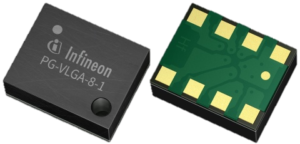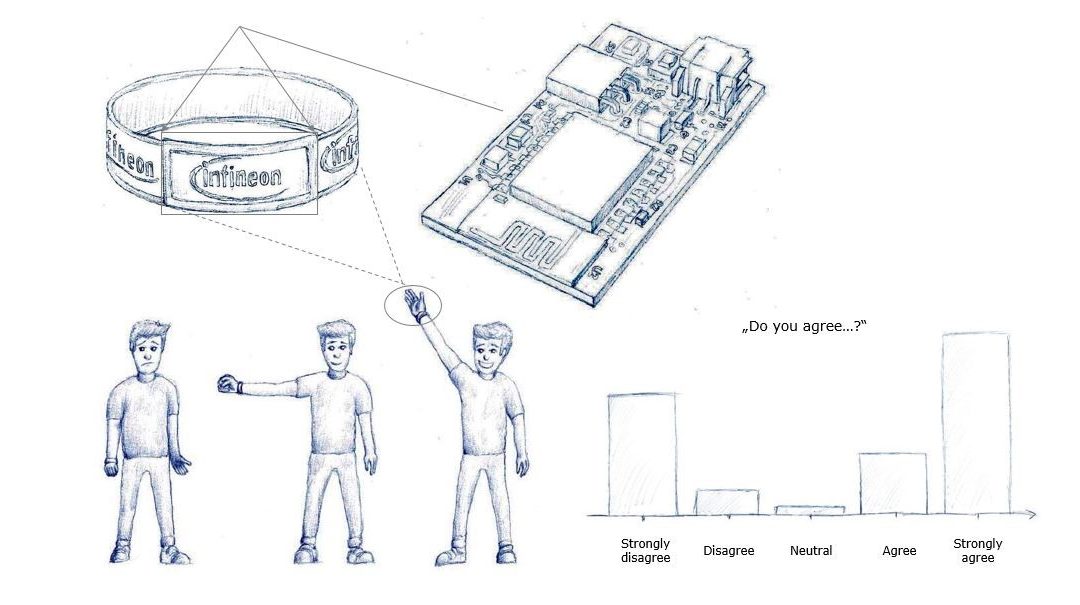Alexander Georg, Infineon, Leader WP 7
Background
In today’s fast-paced and efficiency-driven world, Revenue Management approaches can be found in many industries. The best-known examples are observable observed in the hotel and airline industry. Revenue Management (RM) is defined as “a concept for yield optimization in the service industry, where a price-quantity-control is sought with the aid of integrated information systems, leading to a profit-optimizing use of capacity” (Simon, Clausen, Tacke 2018). As supply chains significantly improved over time, Revenue management has also become interesting for the process industry. By deploying a dynamic pricing approach, RM enables firms to optimize their profit by generating excess revenues for superior service. More precisely, RM determines the pricing structure for higher service levels and enables customers to place orders for specific products on short notice with earlier delivery dates than initially agreed on. Despite various benefits, the semiconductor industry has not yet adopted revenue management systems. One reason is that this auction-based approach to bid with a certain price for faster delivery is very far away from the current B2B practice.
The Safe-DEED project takes care of the enhancement of security technologies, trust and widespread of privacy enhancing technologies along the aspect of value creation. Infineon Technologies AG takes part in the project as a use case partner. Its aim is to establish a Revenue Management strategy in the semiconductor industry based on Customer Order Lead Times.
To overcome the hurdles of an auction-similar environment, a sensor-based wristband was invented to demonstrate and visualize the auction-like behavior in a playful environment to give the stakeholders the chance to adapt to the possible new way of making business in a risk-free game setup.
A view words to the wristband:
How interactive is your business with all stakeholders? How do you easily and securely collect feedback and interact with your customers? When the answers might offer room for improvement, the wristband is a remedy. Digital transformation requires the design of innovative solutions that create equivalent digital representations of physical objects and processes. By providing an opportunity to express feedback or preferences with a wider range of choices through a digital pressure sensor, the voting wristband aims to securely digitalize feedback and votes. It can be used in production and supply chain auctions and presumably at events, conferences and even parliamentary sessions as well, enabling participants to vote and express their views in a secure way.
In the system prototype, the DPS310 sensor is taking pressure readings, which are processed into voting/ survey results by a microcontroller and communicated to an MQTT broker that runs on a Raspberry Pi board. Once information is published to the specific topic, the visualization is performed by a Python script and data is stored in a database. Noteworthy to mention is that the added level of security can be provided by the OPTIGA Trust X semiconductor chip-based solution with a series of functionalities: authentication, authorization, data encryption and IP protection. This improves legitimacy and confidence of the voting process.
References:
Simon, H., Clausen, G., Tacke, G. (2018). Revenue Management [Online encyclopedia entry. Retrieved from: https://wirtschaftslexikon.gabler.de/definition/revenue-management-43896/version-267219



